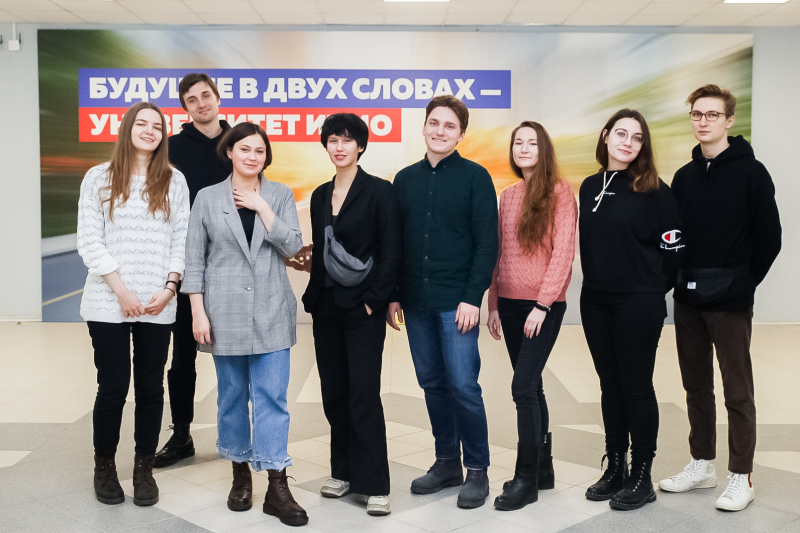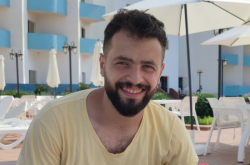If you were to hear about an ethnographic or anthropological expedition, you would most likely imagine a group of people with notepads and pens trying to capture the peculiarities of a local dialect somewhere on a distant tropical island. These days, however, the methods and techniques that were developed by the pioneers of sociology and ethnography during this kind of expeditions are used to study our daily life. It turns out that we can observe the interactions between employees at Amazon or Google in exactly the same way that travelers used to observe the lives of natives settled along the Amazon River.
“Contemporary social sciences, especially social anthropology, have started delving into the subjects that are closer to our everyday lives but are at the same time inaccessible to the general public,” says Roman Abramov, a professor at HSE and one of the organizers of the expedition. “Major IT companies, the academic community, and institutions create their own languages and corporate cultures, their own rituals, traditions and practices. They do not seem distant, but they still constitute a separate world. A world that we can study using the methods that were created to study other cultures.”
It is within the framework of studying such separate cultures inside our own, for instance that of the scientific community, that HSE organizes its expeditions. Their most recent one was to Koltushi, Leningrad Oblast, home of the Pavlov Institute of Physiology of the Russian Academy of Sciences and took place on November 15-23.
“It was the first actual “field day” for many of us,” remembers Sergey Startsev, a Master’s student and one of the participants of the expedition. “A chance to experience first-hand what we had only read about before.”
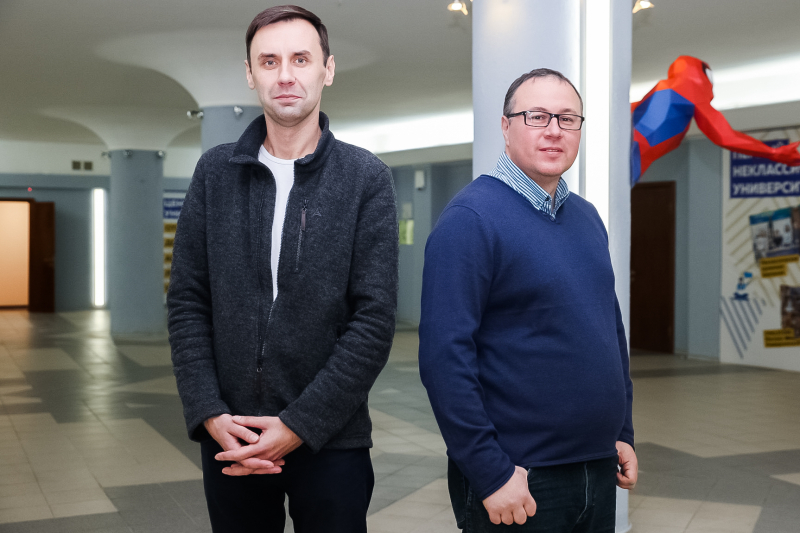
“This expedition had many objectives, including teaching and research. Both the students and their lecturers develop their soft skills throughout the trip. Team-building is another important part as the participants spend 10-15 days learning to understand each other. Students of the new generation are notoriously bad at communicating with their peers. Naturally, science is also important. We have made important observations that would be later analyzed in scientific papers and Master’s theses,” he adds.
Anthropology begins with wonder
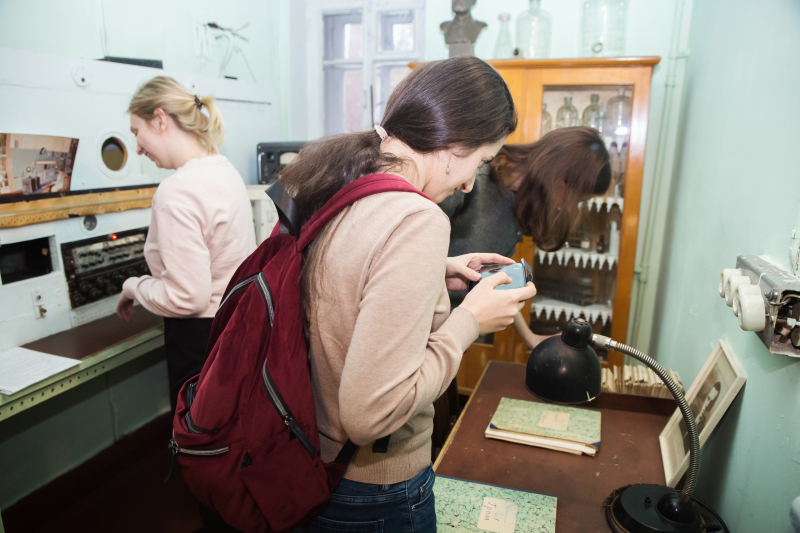
Over this field trip, the researchers had to delve into the history of Koltushi and study its current state. Their objectives were to figure out how scientists used to communicate with each other and the outside world, how the Institute came into existence, and how research is currently conducted inside the buildings that have been around since the 1920-1930s.
“Ethnography and social anthropology begin with a sense of wonder and confusion when you first enter the main building of the Pavlov Institute of Physiology in St. Petersburg or find yourself in Koltushi. You come in and even the simple plaques on the doors startle you, posing you more and more research challenges that have to be solved. That is the drive behind studying other cultures,” explains Andrey Kozhanov, the Director of HSE’s Centre for Student Academic Development and a lecturer at ITMO’s Science Communication Master’s program.
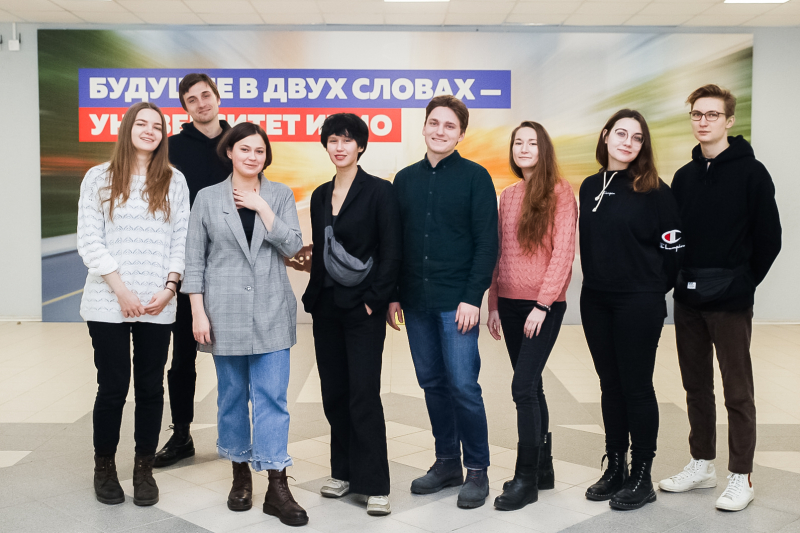
In order to become part of the world of Russian physiology and learn its history, the students observed the Institute’s employees at work and conducted interviews while also inspecting the places where research is done and learning about the “ordinary” life of Koltushi as well as the interactions between the Institute and the general public. The digital footprint left by the Institute and its various projects and exhibitions was also analyzed. The data was collected in the form of pictures and audio and video files so that it could be studied later on.
“Koltushi is a peculiar place for scientific communication,” says Aleksandra Evtushenko, a participant of the expedition. “Here, the traditional Soviet approach to science as a closed community meets the current challenges of science communication.”
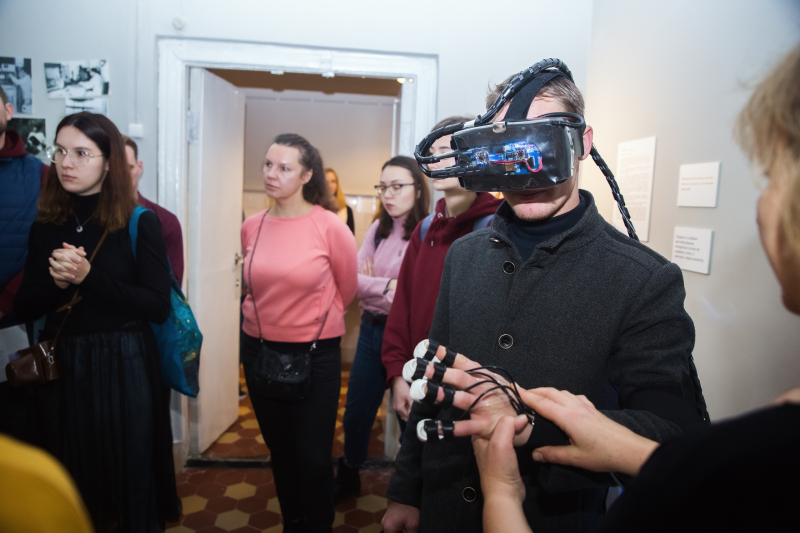
A recent Art&Science exhibition devoted to the Institute’s activities was analyzed separately as an example of the way the scientific community at Koltushi communicates with the outside world.
“We were surprised to learn that everyone who took part in the exhibition – every scientist, artist or curator – had their own vision as to the objectives of the project,” says Maya Schmidt, a participant of the expedition. “For a philosopher it was a place where the temporality of a scientific experiment met the timelessness of an art object that becomes an artifact. A scientist says that he would never have come up with an idea for the “Tissue of Life” exhibit if it hadn’t been for his artistic collaborator. And for the museum’s director it was crucial to discuss the ethical question of the fact that humanities scholars often accuse scientists of cruelty and a consumer approach to nature.”

The results of the expedition
Normally, we don’t pay any attention to the things we are used to, the traditions surrounding us at work or at university; we take them for granted. It doesn’t cross our mind that our lives are filled with small symbols, rituals, and non-verbal interactions that we typically attribute to traditional societies. It is the job of a social scientist to take note of these peculiarities of a certain community and describe them.
“We enter a completely foreign world: we study humanities and here everything is about physiology; we are from a university and this is an academic institute. This contrast helps us to single out the differences between us. Due to its department-based development the Institute has some clear boundaries and a close-knit professional community, which turns it into a convenient research object,” explains Kozhanov.
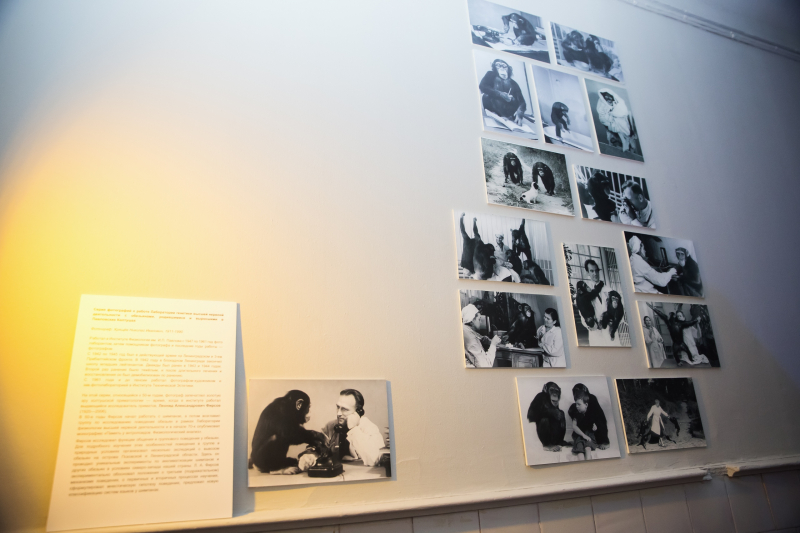
“One of the most striking discoveries for me was the material continuity of science at the Institute, inside the labs: from the Tsarist era through the Soviet times and to the Institute’s contemporary development,” continues Roman Abramov. “It is a matter of collective memory and the way it affects a community’s solidarity. For example, we had tea at the very same terrace where Pavlov held his famous Wednesday meetings with researchers from his lab. We also saw the lemon tree which was planted back in the 1960s. It is a ritual tree for the Institute because the lemons usually ripen around the New Year and are then shared between the researchers in a symbolic act not unlike the ones noted in classic anthropological studies. We can actually see the way material culture affects the scientific continuity in the context of preserving the solidarity within the Koltushi community.”

These practices ensure that the Institute’s researchers unconsciously strengthen their bonds with the history of the institution. Thus, the traditions are reproduced and they become a part of the scientists’ daily lives and their outlook on the world around them and the mission of science.
“It was curious to notice the differences between our academic cultures,” adds Kozhanov. “Pavlov’s strict model of radical empiricism and absolute priority of data over hypotheses and concepts still plays a major role at the Institute. That is why, for instance, Freud is typically treated with scepticism by all the researchers there: it is part of their identity, even though they boast a broad scientific outlook.”
The demarcation problem as well as the comparison with other fields of knowledge also has an important social aspect.
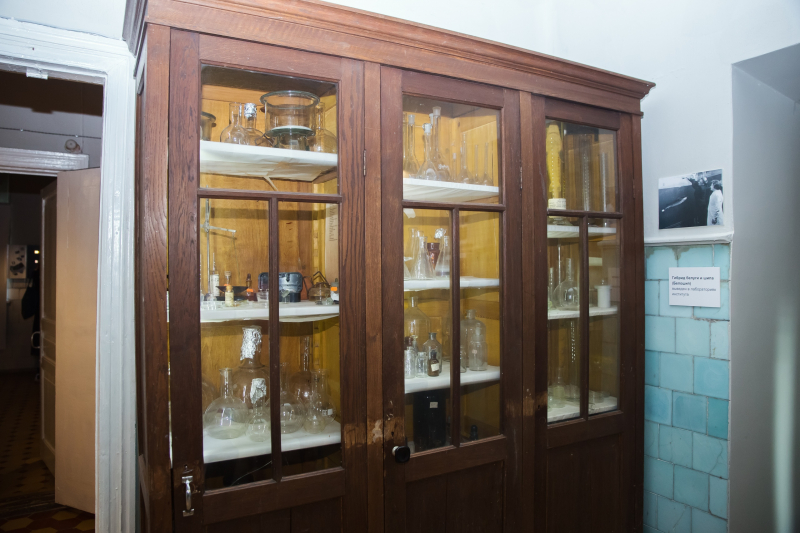
“There is a divide between what is referred to as medical studies, which are usually applied, and theoretical physiology, which is a discipline that, according to the results of the survey, some consider to provide a theoretical introduction to medicine. Physiologists believe that they come first in this hierarchy. Naturally, we do not take any side in this debate, we only demonstrate what the world looks like for this community.”
Following the expedition’s conclusion, all the collected data will be analyzed and its main assertions will become the basis of research papers by the participating professors and their students.
